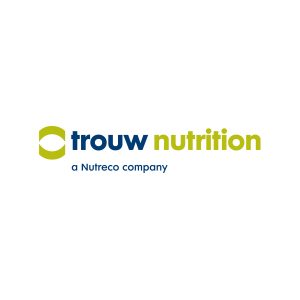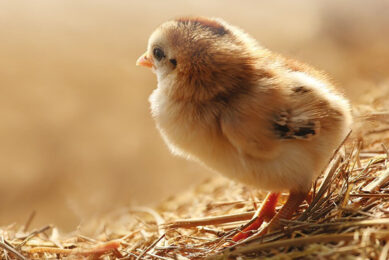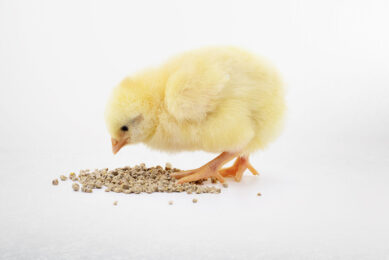Lots to gain when layers live longer

Increasing the lifetime performance of farm animals is gaining interest, driven by the economic and sustainability benefits associated with it. In the layer industry, 100-week cycles are therefore no longer an exception. But genetic potential alone is not enough to succeed.
How can we live a healthier, longer life? It is a key question for many human beings today, as we strive to increase the duration of our life spent in good health without chronic diseases or age-related disorders. The topic ‘longevity’ is also gaining traction in the livestock industry, fed by the quest to increase economic performance of farms, decreasing the environmental footprint of animal protein production, and justifying a sustainable and ethical use of animals for food production.
Strong market and consumer pull
The discussion around extending the longevity (production life) in farm animals is mostly taking place in the dairy cow and layer industry. Why these sectors? For starters, dairy cows and layers are highly valuable animals from an investment point, as it requires time and effort before they become productive. Extending their productive life will not only dilute the rearing costs per animal, but also the carbon footprint of the end products (in this case, milk, and eggs). Furthermore, a longer productive life steps up the total production per animal, supporting the growing global demand we witness for dairy and eggs.
By 2030, global egg production is estimated to be at 95.6 million MT (against 87.6 million MT in 2020). To secure and enforce sustainable growth, higher welfare and management practices are needed. And the sector is already responding, evolving, and transforming to do so. For example, the practice of culling of day-old (male) chicks is getting phased out in an increasing number of countries, backed by legislation and consumer pressure. Furthermore, sustainable practices are intensified and supported by increased knowledge from nutrition, health, and breeding companies. Extending the production life of layers is where efficiency, welfare and sustainability converge. This is why ‘layer longevity’ is one of the key hot topics in the industry today and considered a crucial part in the journey to sustainable growth in egg production.
Different key nutritional strategies
So, what are we talking about when we talk about extended cycles? Currently, standard production cycles of layers often take about 70-80 weeks. We know that with the genetics we have available today it is already possible to keep layers all the way up to 100 weeks of age without moulting. And this has a direct effect on the output. A rule of thumb is that we can produce 500 eggs in 100 weeks per hen, compared to 360 eggs in 80 weeks (Figure 1).
Figure 1 – Longer cycles will have a higher output (source: Hendrix Genetics).

But good genetics can only thrive when the birds are kept in good conditions, are healthy and receive the most optimal diets. And especially the latter (nutrition) is of key importance. More eggs simply require a greater supply of nutrients such as calcium, among others. Optimal nutrition starts just after hatching, when the pullet’s body changes drastically and has a spike in functional growth. This requires a lot of highly digestible protein and high levels of energy. At the same time, nutrient reserves, feed digestibility and feed intake levels are low. The rearing phase should be aimed at developing a pullet flock that reaches target body weight, uniformity, and feed intake capacity: the basics for layer longevity. In other words, the rearing period is a ‘make or break’ moment for longevity.
In the consecutive stages after rearing (pre-lay to peak production), the specific needs of the birds change considerably, alongside the key dietary strategies recommended (Table 1). When the birds age, nutrient digestibility and calcium uptake decreases. This leads to eggs that are bigger, yet weaker. To control eggs size and eggshell quality in these older birds, specific feeding recommendations must be applied. For a long time, these were not available. Work done on this topic by Trouw Nutrition and others has changed the game and has led to increased knowledge of the nutritional demands and feeding practices for older hens.
Table 1 – Every stage of a hen’s life requires a tailor-made approach.

Integrated vision determines success
Sustainability objectives and changing consumer demands are expected to increasingly impact livestock markets over the coming decade. This is also true for the way we keep laying hens and produce eggs. Extending layer production cycles will help to obtain more eggs per laying hen. This will enable egg producers to supply highly nourishable food in a sustainable way for people across all geographies, while improving profitability and bird welfare. Extending production cycles is not complex, but it requires a different mindset and a strong focus on health, nutrition, and stress reduction. With the right focus and a tailored, integrated vision for every phase we meet continuous changing (nutritional) needs of the bird for every stage and age. This way, the hen is better prepared and able to handle longer cycles, stay healthy, and keep laying persistency beyond 80 weeks. In conclusion: we can certainly state that there is lots to gain when layers live longer.






